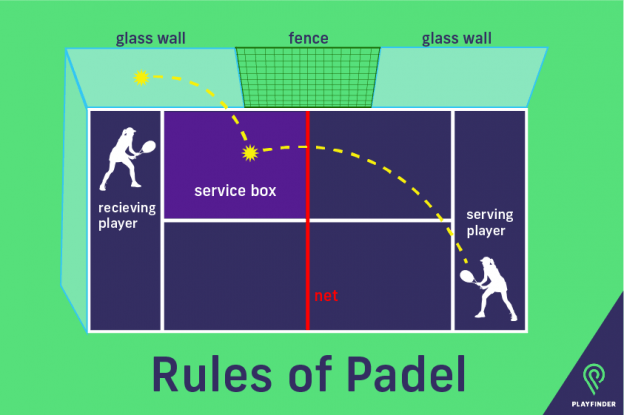Squash Balls: What Do the Coloured Dots Mean?
30 November 2017 • By - Will Chrimes
Ever wondered what those dots mean on a squash ball? Well there are six squash balls to choose from which affect the bounce during a game.
Each is designed to suit a particular standard or experience – below is a simple table with details of the main ones. It’s the perfect time to book a squash game as the winter nights draw in and the temperature drops quicker than a double yellow squash ball!
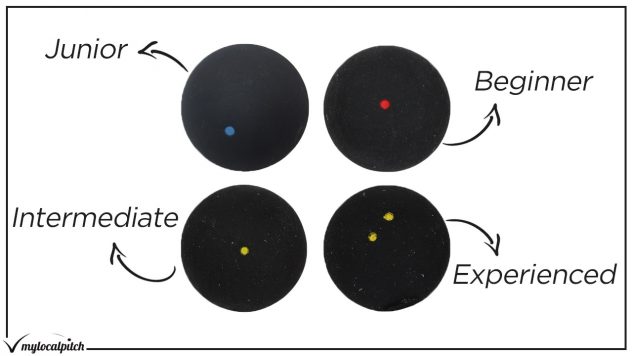
| Dot colour | Bounce height | Speed (hang time) | Suggested player level |
| Double yellow | Low | Very short | Experienced player |
| Yellow | Low | Short | Good player |
| Green | Low/Medium | Medium | Good player |
| Red | Medium | Long | Beginners |
| Blue | High | Very long | Junior or debutants |
The likes of Nick Matthew, an English professional squash player who has won the two most prestigious tournaments in the professional game, the British Open and the World Open, three times each, players with double yellow squash balls.
Blue
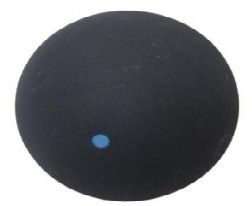
If you’re getting into squash for the very first time, this is the one for you. It’s designed for first time players at whatever age to develop better hand-eye co-ordination and to learn the basic techniques. Blue dots are better for rallies and it will ensure the ball remains warmer to help it bounce better.
Red
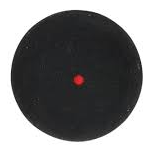
Once you’re starting to get the hang of squash it’s time to move onto the red dot ball. This is similar to the beginners version, but offers a little less bounce to encourage players to move quicker to the ball and allow ‘kill’ shots to have a bigger impact as it’ll be harder for your opponent to return it.
Yellow / Double Yellow
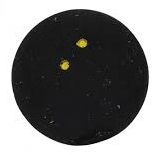
When you’re ready for the step up, then it’s time for yellow. These are for skilled players, as the single and double dot yellow squash balls simply don’t bounce as high. The double yellow has a slightly lower bounce.
Don’t be completely constricted by the different categories of squash ball as each can help a player improve various aspects of their game.
A red dot ball will bounce higher and is therefore harder to win a point off, in this case why not practise drop shots with this. When you then come to using a yellow in a match you will notice the impact.
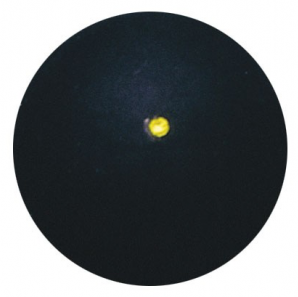
Red dots also bounce faster off the front wall and that makes it’s trickier to volley. Try using these in training sessions and you’ll be able to improve reaction times to prepare for a match with a yellow ball against a mate.
Now you’re up to speed, book a squash game at any of your local courts in London, Manchester, or Dublin.
